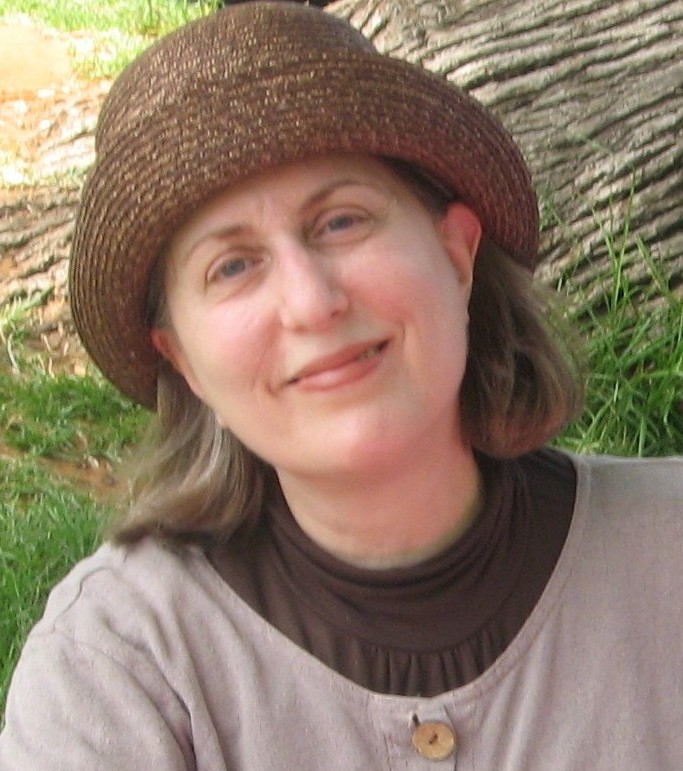Rules of the Name


Ever wonder why Am Yisrael never had a King David II? Or why, when the names of the leaders of the Shevatim are listed in parshas Bamidbar, there isn’t a single Avraham or Yitzchak among them?
We tend to think our minhagim were given to us at Har Sinai. But when it comes to naming new members of the tribe, customs have varied over the years and from place to place.
Your Name, Your Neshamah
We’re all used to the idea of naming a newborn after a relative, but what about Adam and Chavah? Adam was named for the adamah (earth) from which he was formed. Chavah got her name because she was the mother of all life (chai). With these names, two new minhagim were born. From thence forward, the name of people in Tanach often reflected some circumstance related to birth, or a concept that revealed the essence of their soul.
The tradition was tweaked when Leah and Rochel gave some of their children names that were expressions of praise and thanks to Hashem; the name Yehudah, for instance, expresses Leah’s gratitude to Hashem for having given her yet another son. People in Tanach were also named after an attribute of Hashem, such as Nathaniel (Hashem gives), Eliezer (Hashem helps), and Zechariah (Hashem remembers). Names could also suggest a spiritual concept in the form of an adjective, such as Baruch (blessed) and David (beloved).
Other names in Tanach had a connection to an object (Peninah — pearl), an animal (Yonah — dove), or a plant (Tamar — palm tree). One thing Jews didn’t usually do was name their children after a relative, although this practice was common elsewhere in the ancient world. Not even the royal family named their children after a previous king, which is why there was no David II or Shlomo IV.
Sometimes a family connection was shown by having a son’s name contain elements of the name of his father — for instance, Achitov’s sons Achiyah and Achimelech shared their father's alef-ches combination at the beginning of their names. But at this point in time a name was often unique, just like the person. People didn’t even name their children after the Avos and Imahos, so there was no classroom filled with little Yitzis and Rivkys.
Names in Exile
When we lived in our own land, we usually had just one personal name and that name was a Hebrew one. But during the Babylonian exile, people began to have two names — a Hebrew name as well as a name taken from the local language, which was used when dealing with non-Jews. For instance, Daniel, Chananiah, Mishael, and Azariah each had a Babylonian name: Belteshazzar, Shadrach, Meshach, and Abednego, respectively.
Another change occurred when Aramaic became widely used. Hebrew names that received an Aramaic transformation can sometimes be spotted by the “alef” (or “a”) at the end. For instance, the Aramaic Akiva is likely derived from the Hebrew name Yaakov (the Arizal says that Rabi Akiva was a gilgul of Yaakov Avinu), while Ezra is probably related to older “helping” names, such as Eliezer.
(Excerpted from Family First, Issue 629)
Oops! We could not locate your form.







